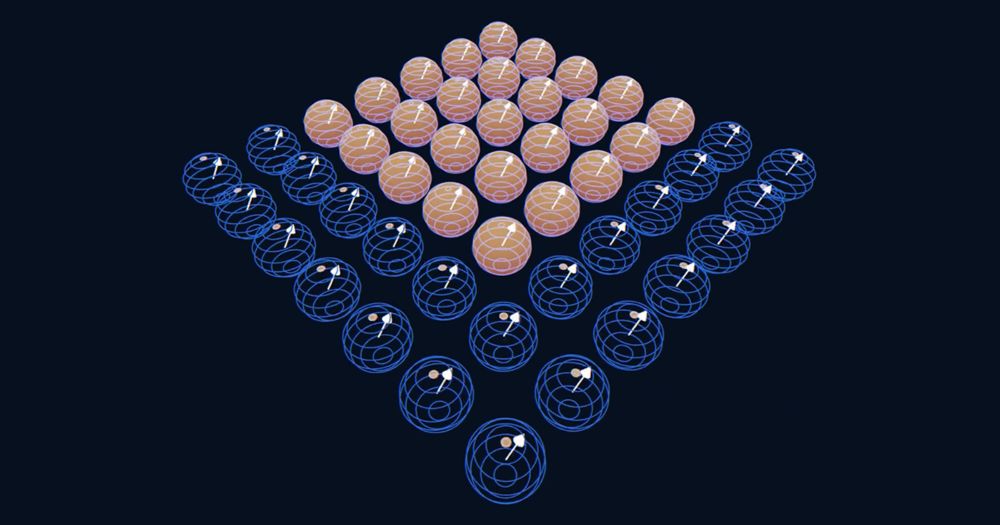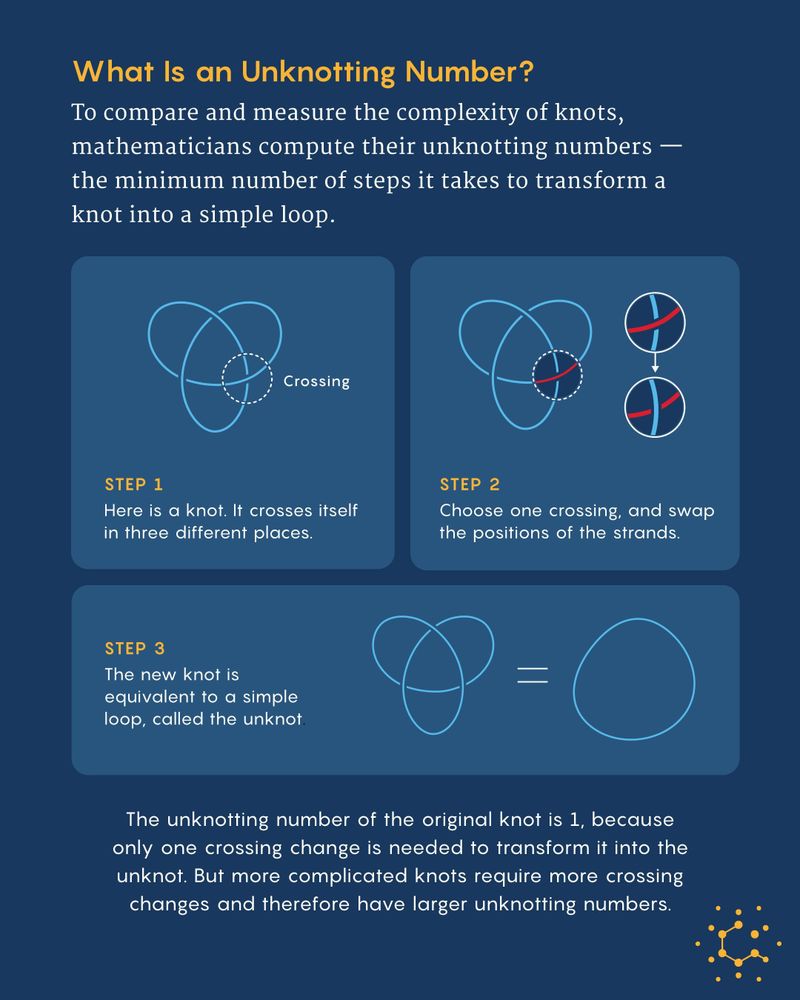Quanta Magazine
@quantamagazine.bsky.social
24K followers
200 following
1.3K posts
Illuminating math and science. Supported by the Simons Foundation. 2022 Pulitzer Prize in Explanatory Reporting. www.quantamagazine.org
Posts
Media
Videos
Starter Packs















